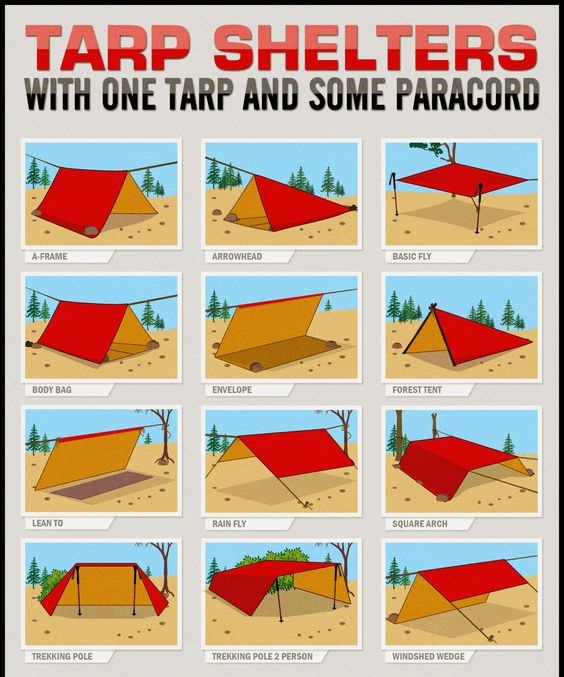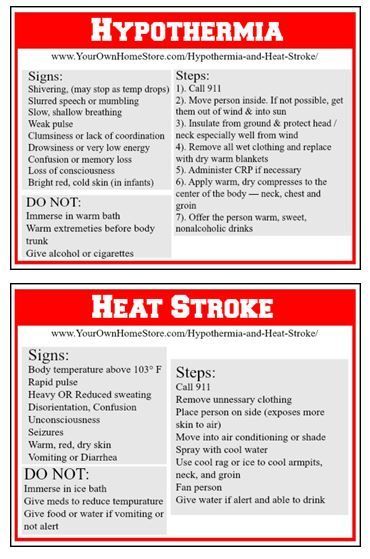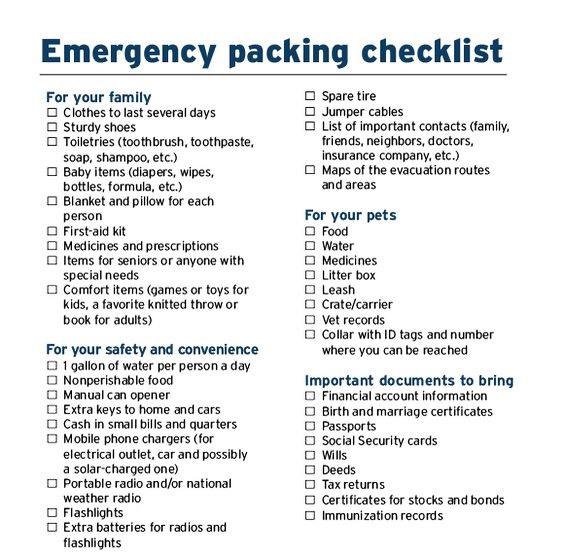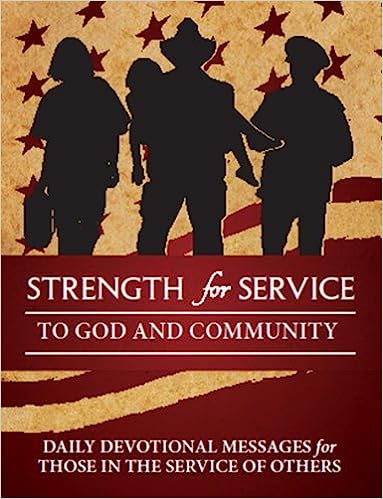https://www.survivopedia.com/the-newly-updated-rule-of-threes/
The Newly Updated ‘Rule Of Threes’
GENERAL PREP, Survival Skills
By
Cache Valley Prepper
February 2, 2020
Remembering survival priorities is a problem that survivors face any time they build a kit, plan or gather supplies and there are many mnemonics out there to help them.
One of the better ones is the Rule of Threes, but the original version omitted priorities such as security, signaling, and navigation, which I think most of us would agree to make it incomplete. For this reason, several modified versions of the Rule of Threes have been proffered and this article will relate the one that I use.

First, I’ll relate the traditional Rule of Threes so you can compare the two.
The Rule of Threes
The “Rule of Threes” is a memory aid that ranks urgency of survival needs by the length of time a healthy person can survive without them during a survival ordeal. While they are not exact times, it useful because it gives the survivor a default priority structure that is easy to remember.
3 Minutes Without Air
The first entry in the “Rule of Threes” relates to medical needs and is easy to remember because it refers to another mnemonic, “The A, B, C’s of first aid” which denotes the urgency of treatment as: “Airway, Bleeding, and Circulatory Shock.” At normal temperatures, a normal person will lose consciousness within about three minutes if unable to breathe and death will soon follow. According to the “Rule of Threes”, the first thing a survivor should do is treat any injuries that have been inflicted.
3 Hours Without Shelter
The second entry relates to exposure to heat and cold and the need for shelter and fire. It is possible to become a casualty of either heat or cold within about 3 three hours. In wilderness survival ordeals, more people die from hypothermia and hyperthermia than from any other preventable cause. Therefore, once medical treatment has been given, the survivor should then procure shelter.

3 Days Without Water
The next priority concerns the need for water, stating that a water source should be procured one medical and shelter have been tended to because dehydration can kill within three days.
3 Weeks Without Food
Unlike perishing from injuries, hypothermia or dehydration, it can take weeks to die from hunger, placing food procurement as last in the order of survival priorities.
The Revised Rule of Threes
As with any survival plan or rule, it must stay flexible and adaptable. A given need may become more or less urgent and opportunities seldom present themselves in order and when it comes to the needs of the military or survivalist operator, the old “Rule of Threes” leaves out several things we know to be priorities. security, communications, signaling and self-recovery and I have incorporated them into my version of the Revised Rule of Threes as I’m sure other writers have also done but I hope that my version will stand on its merits.
3 Seconds Without Security
In the past, I have also referred to this as “Three Seconds Without Thinking”, but I think “3 Seconds Without Security” is easier to remember. Nothing else in the “Rule of Threes” will matter if you get shot, so security concerns need to be addressed first and can be broken down into the following areas:
3 Minutes Without Air
- Situational Awareness – Effective security is founded on situational awareness. Being situationally aware can mean equipping yourself with radios, night vision, and optics to see without being seen. It can also mean carrying an LED so you can see to negotiate terrain or tell whether a potential threat is holding a cellphone or a weapon, so illumination also falls under this category.
- Get off the “X” – If you are in immediate danger, move to a safer place … usually uphill and upwind of a crash site or disaster zone. Always have an escape plan.
- Self Defense – You might only have three minutes without air, but an immediate threat to security can flip your off switch, and therefore takes priority. This includes threats from dangerous wild predators.
This was dealt with in the original rule and under the last heading so no need to touch on it here.



